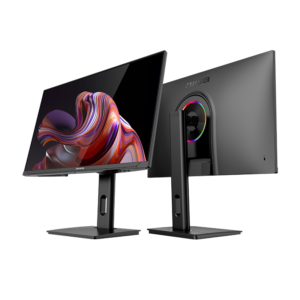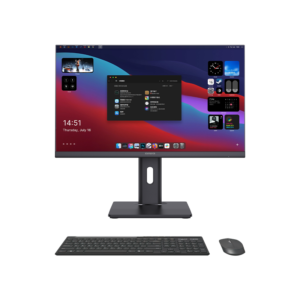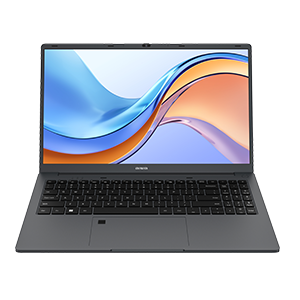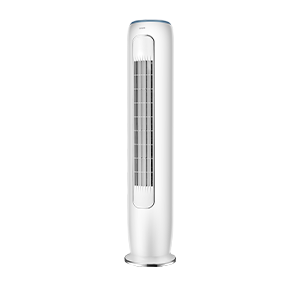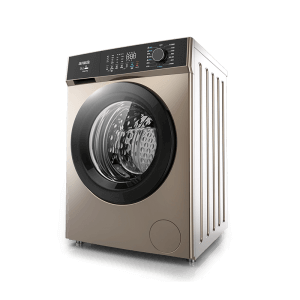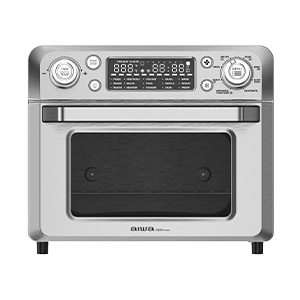Monitors are used for various purposes, such as displaying images, videos, or text. Purchasing a monitor for your home or office is important to consider what features you need to have the best experience. In this blog post, we will be looking at some of the benefits of having an AIWA monitor.

Types of Monitors
When choosing the right monitor, it’s important to understand the different types of monitors and what they offer. Here are the three main types: flat-panel monitors, LCD monitors, and plasma monitors.
Flat-panel monitors are the most common type and resemble TVs. They have a thin screen that is mounted on a stand or wall. They’re good for people who want an easy-to-use monitor because you don’t need to adjust anything. Flat-panel monitors are usually less expensive than other types of monitors, but they can be less durable. They can also be more difficult to view from different angles because the screen is so thin.
LCD monitors are similar to flat-panel monitors but have a screen that flips around so you can use it in multiple directions. They’re good for people who want a more versatile monitor because you can use it from any angle. LCDs are usually more expensive than flat-panel monitors, but they last longer and often have better image quality.
Plasma monitors are the newest type of monitor and offer the best image quality of all types of monitors. They’re also the most expensive type of monitor.
Why an AIWA Monitor is Necessary To You
An AIWA monitor is necessary for both personal and professional use. Here are some of the benefits:
1) Improved productivity: A good monitor allows you to see more details and work faster. You can easily spot mistakes and get the job done faster.
2) Improved focus: A good monitor lets you focus on what you’re doing, which can improve your focus and concentration.
3) Reduced eyestrain: A good monitor reduces eyestrain by providing an accurate image with no jagged edges. This can help you stay productive for longer periods.
4) Better viewing angles: Good monitors have wider viewing angles than most laptops, so you can view them from different angles without moving them. This helps reduce neck strain and increase productivity.
Monitors Features to Consider
When you’re looking to buy a monitor, there are a few things to consider. Here are some of the features to keep in mind:
Display size. A monitor’s display size is important because it will determine how big the image looks on the screen. Monitors range in display size from 14 inches to 38 inches. The bigger the display, the more space you’ll have on your desk to work with.
Screen resolution. Screen resolution refers to how sharp the image on the screen looks. Monitors have different resolutions, ranging from 800 by 600 pixels up to 4K Ultra HD (3840 by 2160 pixels). Higher resolutions mean sharper images, but they also use more energy and can be more expensive.
Refresh rate. Refresh rate is how often the monitor updates the image onscreen. A high refresh rate means the image is updated quickly, making for a smoother viewing experience. However, a high refresh rate can also increase your computer’s power requirements and cost more money.
Conclusion
Having a good monitor can make a huge difference in the quality of your work life. Not only will you be able to see more clearly what you are working on, but you will also be able to save time and frustration by being able to spot problems early on. So, for example, if you have been looking for the perfect monitor but haven’t been able to find the right one that meets all your needs, then an AIWA monitor is a good option for you.









